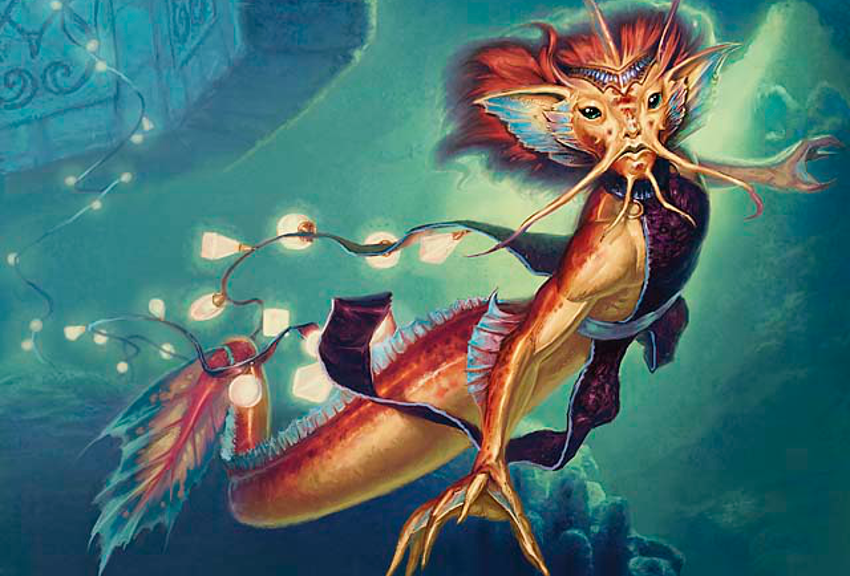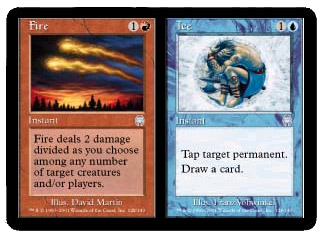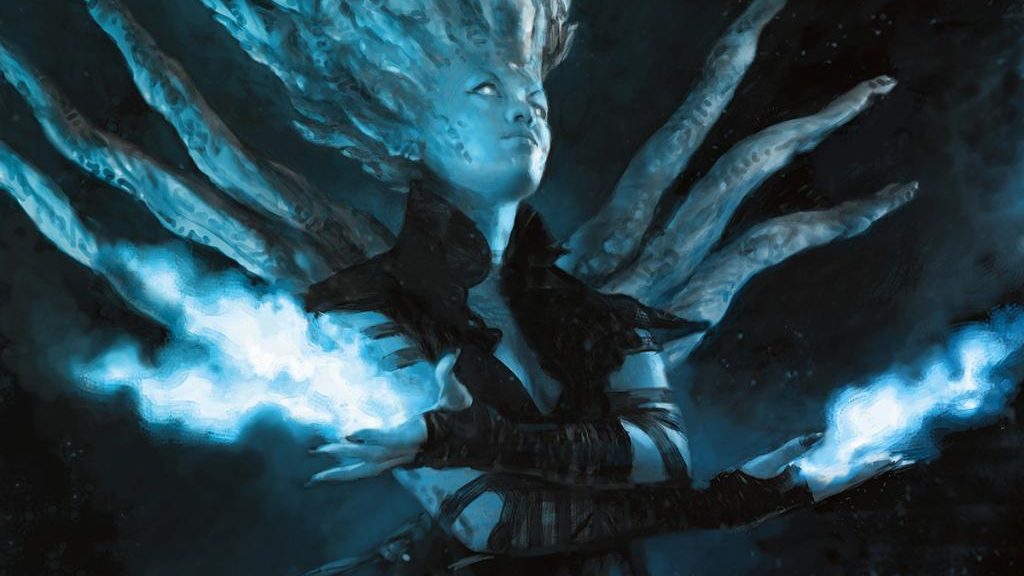One of the things that I like to do when I’m reviewing how the year went is to look for patterns in the spikes throughout the year. This can clue me in about what might be coming next, or the things I want to pick up in anticipation of future growth.
I’m going to look at the last three months, and see what stands out to me. First, some of the spikes that I or others mentioned ahead of time, some spikes I don’t think people predicted at some point, and then what I want to have going forward.
December:
The Chain Veil – The theme this month is going to be counters and proliferate, thanks to Atraxa. The Chain Veil is a card that many picked to eventually be awesome when it was spoiled, and a lovely target at $1. A new spike, especially in foils, is reminiscent of how Nekusar, the Mindrazer caused many cards to spike.
Contagion Engine – If activating planeswalkers twice is good, tapping six mana to +2 all of them is pretty great too. This dodged being in Atraxa’s deck, and should have been on your radar immediately as a result.
Bloodspore Thrinax – If you called this one, then you really do play a lot of counters with your creatures. I’ve got this in my Experiment Kraj deck, and frankly, I feel silly that I didn’t see this spike coming. It’s a fantastic way to power up everything you’re bringing into play, and now Atraxa can grow it! The synergy of Atraxa proliferating this, which will make everything else better,
Doubling Season – I felt silly when I saw this starting to climb. Sure, it’s had two printings plus a Judge edition, but this card defines the casual player’s experience. It’s ready to be printed again, and don’t overlook how hard it is to take this card out of a deck. The supply is low on this because the copies are seeing play, not waiting in storage.
Next up: Asceticism
Sure, it’s $10 right now, but if we are spiking creatures that have to stay in play to get better and better, we need protection for them, and this is a totally unfair card. As a bonus, the foils are not that much more than the nonfoils, and I always prefer speculating on casual foils.
November
Angus Mackenzie – This year, we’ve seen a huge part of the Reserved List go through spikes, and while some of those are pure speculation from individuals or groups, Angus is a group hug commander who can’t be replaced. Throwing a Fog every turn requires a lot more setup, and all he needs is three mana.
Koth of the Hammer – Skred Red strikes! This was a cheap planeswalker, especially with a Duel Deck printing, but it’s reflective of the relatively small supply, since that was four years ago.
Pact of the Titan – Maybe we should have seen this. The other Pacts, aside from the white one, have all seen some tournament play. Free spells are good!
Silas Renn, Seeker Adept – I love that this was less than fifty cents and then was up to $3 at one point. Cheap, powerful, and recursive. How did we not see that this would always be good?
Next up: Mind’s Dilation – Cheap mythic with a game-breaking effect, from a small set, and demands an immediate answer. This is a lot like Lurking Predators, and that’s one of the cards that really jumped me into the MTGFinance game.
October
Selfless Spirit – I played back in the day when Dauntless Escort was a thing. Picking this to be an expensive card wasn’t too tricky.
Foil Leyline of the Void – The rise of Dredge decks should have clued us in about picking up good sideboard options. This has always been a good sideboard option for graveyard decks, but this is powerful from the opening turn.
Torrential Gearhulk – We didn’t say that this would be a $30 card, which is what it spiked to. Six mana is a lot, but I dismissed it for only copying instants. The Pro Tour taught us different.
Next up: Metallurgic Summonings – It’s a fringe deck right now but it’s such an engine that I want to have lots of these. I’m trading for them in foil and not foil, because I don’t want to miss out on the next deck that will make it big.




